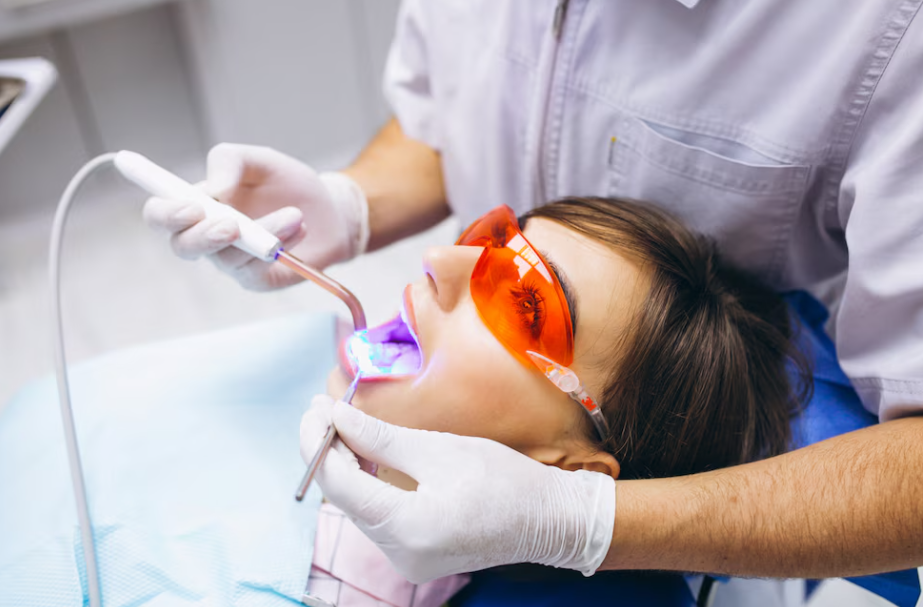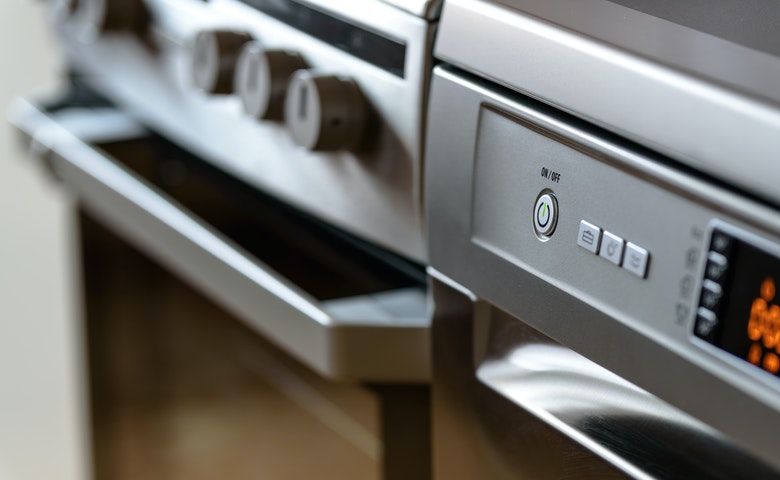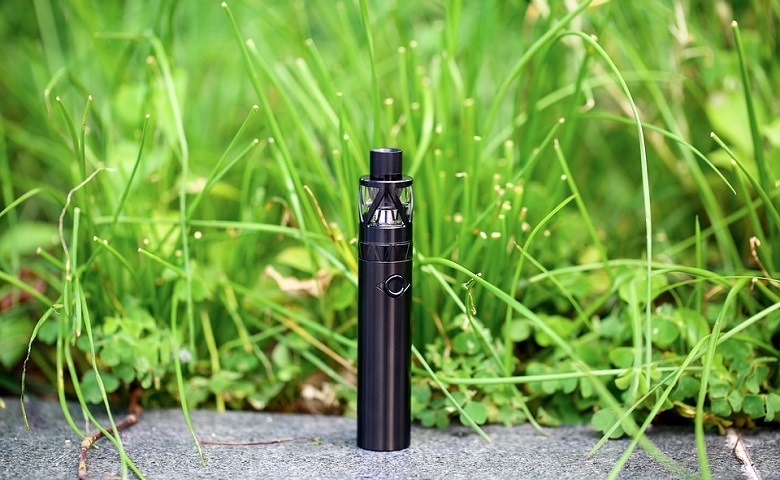Dental Fillings and Sensitivity: Tips for Soothing Tooth Pain

Dental fillings are a common treatment used by dentists to restore a tooth damaged by decay or injury. While fillings are designed to repair the tooth and prevent further damage, many patients experience temporary sensitivity following the procedure. This sensitivity can manifest as sharp pain or discomfort when consuming hot, cold, sweet, or acidic foods. If you’ve recently had a dental filling and are experiencing tooth pain, you are not alone. Understanding why this sensitivity occurs and learning how to soothe the discomfort can help you regain your comfort and confidence in your smile.
Understanding Sensitivity After a Filling
Tooth sensitivity following a filling is quite common and typically temporary. It occurs because the filling material and the process of placing it can cause minor irritation to the nerve inside the tooth. The most common reasons for sensitivity after receiving dental fillings include:
1. Dental Procedure Trauma: During the process of filling a cavity, the dentist must remove decayed tissue, which can expose the deeper layers of the tooth. While the filling itself restores the tooth, it can take time for the nerve to adjust to the filling.
2. Material Type: The type of material used for the dental filling may influence sensitivity. For example, amalgam (silver) fillings expand and contract with temperature changes, which could irritate the nerves in the tooth. Composite fillings, on the other hand, are designed to match the natural color of the tooth and can sometimes cause sensitivity if improperly applied.
3. Filling Placement and Pressure: If the filling is placed too high or doesn’t fit well with the bite, it may put unnecessary pressure on the tooth. This can lead to discomfort when biting down or chewing.
4. Tooth Damage: In some cases, the cavity may have been deep, and the procedure may have impacted the pulp or nerve of the tooth, resulting in lingering sensitivity. Deep cavities may take longer to recover from, as the pulp may still be healing after the filling is placed.
When Does Sensitivity After Fillings Subside?
In most cases, sensitivity following dental fillings should subside within a few days to a week. If the sensitivity persists for more than two weeks or worsens over time, it could be a sign of an issue with the filling or an underlying problem, such as infection or inflammation in the pulp. If this happens, it is essential to contact your dentist for further evaluation.
Tips for Soothing Tooth Pain and Sensitivity After Dental Fillings
While some sensitivity is expected, there are several strategies you can use to alleviate the discomfort and speed up the recovery process. Here are some tips for soothing tooth pain after receiving dental fillings:
1. Use Sensitivity Toothpaste
Specialty toothpastes designed for sensitive teeth can help reduce discomfort caused by temperature changes. These products contain ingredients such as potassium nitrate or strontium chloride, which help block nerve pathways and reduce sensitivity. It is recommended to brush your teeth gently using a soft-bristled toothbrush to avoid further irritation.
2. Avoid Triggering Foods and Drinks
Immediately after receiving dental fillings, avoid foods and beverages that are too hot, cold, or sugary. Acidic drinks like soda or fruit juices may also exacerbate sensitivity. Opt for lukewarm or room-temperature foods and drinks during the healing process to minimize discomfort.
3. Rinse with Saltwater
A warm saltwater rinse can help soothe the gums and reduce inflammation around the area of the filling. Saltwater has natural antiseptic properties and can promote healing by flushing out bacteria. Mix half a teaspoon of salt into a cup of warm water and rinse your mouth gently for about 30 seconds.
4. Take Over-the-Counter Pain Relievers
For moderate pain, over-the-counter pain medications such as ibuprofen (Advil) or acetaminophen (Tylenol) can provide relief. These medications can help reduce inflammation and provide temporary pain relief while your tooth heals. Be sure to follow the recommended dosage instructions on the packaging.
5. Avoid Chewing on the Affected Side
After receiving a filling, it’s best to avoid chewing on the side of the mouth that was treated. This can help reduce pressure on the sensitive tooth and allow it to heal more effectively. Try to chew on the opposite side of your mouth for the first few days after the procedure.
6. Use a Cold Compress
If you experience swelling or discomfort around the site of the filling, applying a cold compress can help reduce inflammation and numb the area. Wrap ice in a cloth and apply it to your cheek near the filling for 15 to 20 minutes at a time.
7. Schedule a Follow-Up Appointment if Necessary
If your sensitivity lasts longer than expected or worsens, it’s important to schedule a follow-up appointment with your dentist. The filling may need adjustment if it’s too high or not properly sealed. In some cases, your dentist may need to remove the filling and reapply a new one to address any underlying issues.
Preventing Future Sensitivity
While some degree of sensitivity after a dental filling is normal, there are steps you can take to prevent future problems and maintain optimal oral health:
– Practice Good Oral Hygiene: Brush your teeth at least twice a day with fluoride toothpaste and floss daily to prevent the buildup of plaque and bacteria. Good oral hygiene helps reduce the risk of cavities and decay, reducing the need for fillings.
– Avoid Grinding Your Teeth: If you tend to grind your teeth at night, ask your dentist about using a nightguard. Grinding can cause fillings to wear down prematurely and increase sensitivity.
– Visit Your Dentist Regularly: Routine checkups and cleanings allow your dentist to monitor your fillings and overall oral health. Early detection of potential issues can prevent complications and help you maintain a healthy smile.
Dental fillings are an essential treatment for restoring damaged teeth, but sensitivity afterward is a common issue for many patients. Fortunately, by understanding the causes of this discomfort and following the tips outlined above, you can alleviate pain and ensure a smooth recovery. Remember, if the sensitivity persists beyond the usual recovery period, consult with your dentist to address any potential issues. With the right care and attention, you can enjoy a pain-free smile once again.














